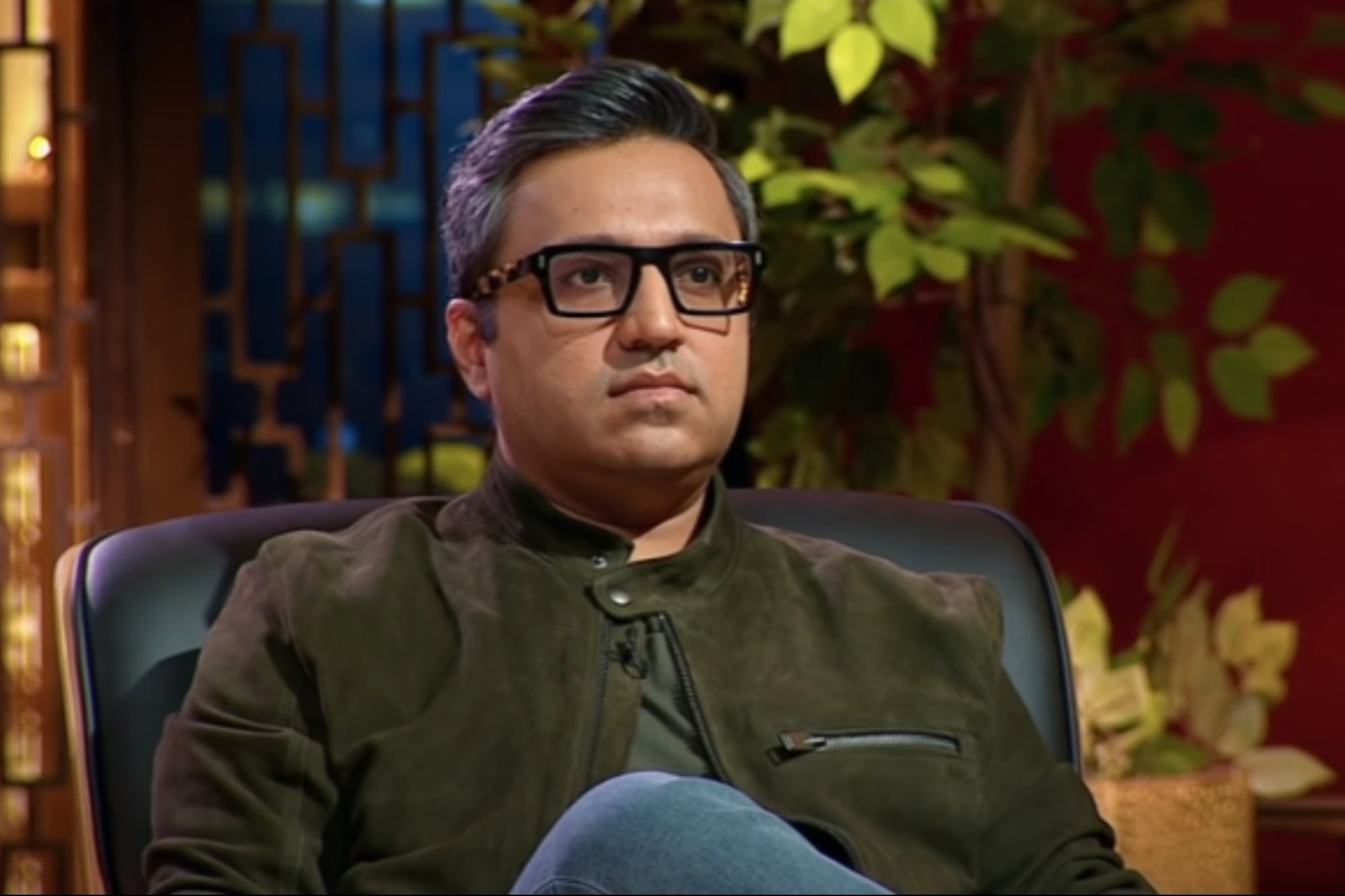Myntra, a name synonymous with online fashion retail in India, boasts a remarkable journey that began in 2010. This blog delves into the story of this Bengaluru-based startup, exploring its humble beginnings, the vision of its founders, the strategies that fueled its success, and the key takeaways that can inspire aspiring entrepreneurs.
Myntra’s Journey
- 2010: Three IIT Kanpur alumni – Mukesh Bansal, Ashutosh Lawania, and Vineet Saxena – spot a gap in the Indian market. Internet penetration is growing, but online fashion shopping options are limited.
- 2010 (contd.): Myntra launches as a personalized gifting platform, allowing users to create custom gift hampers – a novel concept in India at the time.
- 2012: The founders recognize the immense potential of the online fashion retail market. Limited access to trendy clothing stores and a growing internet-savvy population present a compelling opportunity.
- 2012 (contd.): Myntra undergoes a strategic shift, transforming from a gifting platform to an online fashion retailer offering a curated selection of apparel and accessories.
- Post-2012: Myntra focuses on building a user-friendly website and mobile app for seamless online shopping.
- Post-2012 (contd.): The company leverages data analytics to personalize product recommendations and curate collections that resonate with Indian consumers.
- Post-2012 (contd.): Myntra invests in establishing a robust logistics network for timely and efficient product deliveries across India.
- Post-2012 (contd.): To cater to a wider customer base, Myntra launches its own private label brands like Roadster, Anouk, and DressBerry.
- Post-2012 (contd.): Innovative marketing strategies like social media and influencer marketing are employed to reach the target audience.
- 2014: Myntra is acquired by Flipkart, another leading Indian e-commerce giant. This acquisition provides access to Flipkart’s vast resources and customer base, further propelling Myntra’s growth.
- Present Day: Myntra has expanded its product portfolio beyond clothing and footwear, offering beauty, personal care, homeware, and lifestyle products.
- Present Day (contd.): Recognizing the growing importance of sustainability, Myntra promotes eco-friendly practices and offers a wider selection of sustainable clothing options.
- Present Day (contd.): Myntra continues to invest in technological advancements like virtual try-on technology and AI-powered recommendations to enhance the customer experience.
Founders of Myntra
Let’s meet the visionary trio behind Myntra’s remarkable rise: Mukesh Bansal, Ashutosh Lawania, and Vineet Saxena.
Mukesh Bansal
Mukesh Bansal the brainchild behind Myntra, leveraged his expertise in computer science to build the foundation of the company.
His strategic vision guided Myntra’s growth, shaping it into the robust e-commerce platform it is today.
Ashutosh Lawania
Ashutosh Lawania another IIT graduate, brought his technical prowess to the table. His skills complemented Bansal’s vision, and together they played a crucial role in developing the core technological infrastructure of Myntra.
Vineet Saxena
Vineet Saxena with his background in marketing and operations, spearheaded Myntra’s marketing efforts. He understood the Indian consumer like no other, and his strategic marketing campaigns were instrumental in propelling Myntra to the forefront of online fashion retail.
Additionally, his expertise in operations streamlined Myntra’s internal processes, ensuring efficient functioning.
The combined strengths of Bansal, Lawania, and Saxena created a formidable team. Their complementary skillsets – technical expertise, strategic vision, marketing savvy, and operational efficiency – laid the groundwork for Myntra’s phenomenal success.
Bridging the Gap: Why Myntra?
Prior to Myntra’s emergence, the Indian fashion retail landscape was dominated by brick-and-mortar stores. These stores often lacked variety, particularly when it came to trendy and contemporary clothing.
Brand presence was also limited across the country, making it difficult for consumers in smaller cities to access a diverse selection of fashion options.
Myntra addressed this gap by providing a platform that offered:
- A Wider Selection of Brands and Products: Myntra partnered with established and emerging fashion brands, both Indian and international, to offer a diverse selection of clothing, footwear, and accessories.
- Convenience and Accessibility: By eliminating geographical barriers, Myntra made it possible for consumers across India to access a vast collection of fashion products from the comfort of their homes.
- Focus on the Evolving Indian Consumer: Myntra catered to the growing demand for trendy and affordable fashion, particularly among the young and tech-savvy population of India.
These factors effectively positioned Myntra to capture a significant share of the burgeoning Indian online fashion market.
The Secret Sauce of Myntra’s Success
Myntra’s growth can be attributed to several key factors:
- Technology-Driven Platform: Myntra invested heavily in building a user-friendly website and mobile app, making online shopping seamless and convenient. Features like size charts, product reviews, and hassle-free returns further enhanced the customer experience.
- Data-Driven Approach: Myntra leveraged data analytics to understand customer preferences and buying behavior. This data-driven approach allowed them to personalize product recommendations, offer targeted promotions, and curate collections that resonated with their audience.
- Emphasis on Private Labels: Myntra launched its own private label brands like Roadster, Anouk, and DressBerry, catering to different fashion segments and price points. This strategy allowed them to offer trendy and affordable clothing to a wider customer base.
- Marketing and Branding: Myntra adopted innovative marketing strategies, utilizing social media, influencer marketing, and strategic partnerships to reach its target audience. They also built a strong brand image associated with trust, convenience, and trendy fashion.
- Focus on Logistics and Supply Chain: Myntra established a robust logistics network to ensure timely and efficient product deliveries across the country. Additionally, they invested in efficient warehousing and inventory management systems.
By prioritizing customer experience, innovation, and a data-driven approach, Myntra carved a niche for itself in the ever-growing Indian e-commerce market.
Challenges Faced by Myntra
Myntra’s journey wasn’t without its fair share of challenges. Here are some noteworthy hurdles they encountered:
- Counterfeit Products: In its early days, Myntra faced criticism for allowing the sale of counterfeit products on its platform. This issue tarnished its brand image and led to stricter quality control measures.
- Delivery Issues: As Myntra’s customer base grew, ensuring timely and efficient deliveries became a challenge. This required continuous improvement in logistics and supply chain management.
- Customer Service Concerns: There have been instances of customer dissatisfaction with Myntra’s return and exchange policies, as well as occasional issues with customer service responsiveness.
- Competition: The Indian e-commerce market is fiercely competitive, with players like Flipkart and Amazon vying for market share. Myntra constantly needs to innovate and adapt to stay ahead of the curve.
Overcoming these challenges has been crucial for Myntra’s continued success.
Myntra Today
Fast forward to today, Myntra is a dominant force in the Indian fashion e-commerce landscape. Here’s a glimpse into its current status:
- Part of the Flipkart Group: In 2014, Myntra was acquired by Flipkart, another leading Indian e-commerce giant. This acquisition provided Myntra with access to Flipkart’s vast resources and customer base, further propelling its growth.
- Expanding Product Portfolio: Myntra has expanded its product portfolio beyond just clothing and footwear. They now offer a wide range of beauty, personal care, homeware, and lifestyle products, making them a one-stop shop for all things lifestyle.
- Focus on Sustainability: Myntra has recognized the growing importance of sustainability in the fashion industry. They have launched initiatives to promote eco-friendly practices and offer a wider selection of sustainable clothing options.
- Technological Advancements: Myntra continues to invest in technological advancements, such as virtual try-on technology and AI-powered product recommendations, to further enhance the customer experience.
Myntra’s story is one of innovation, adaptation, and a constant focus on customer satisfaction.
As the Indian e-commerce market continues to evolve, Myntra is well-positioned to maintain its leading role in the fashion retail landscape.
Please share your thoughts in comment about , at theproductrecap.com we are open to friendly suggestions and helpful inputs to keep awareness at peak.




